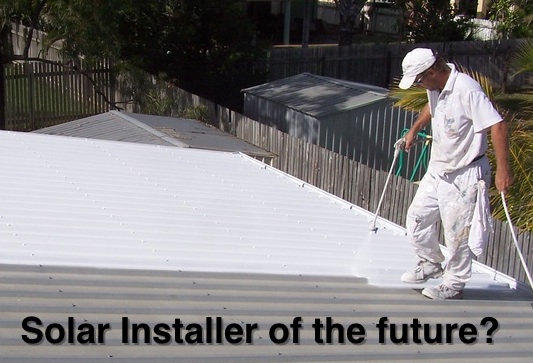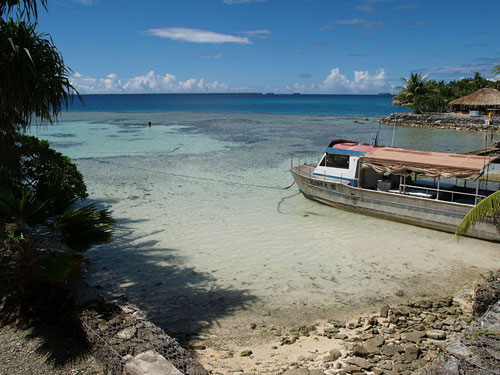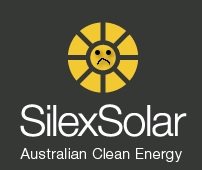This year should be the year that renewables start to take off in Australia:
- We will have a carbon tax in place that will support renewable energy and overseas money is starting to flow in.
- Large scale solar is finding funding, following the trend from overseas.
- Chinese production of solar panels is bringing the cost of solar energy rapidly down towards that of fossil fuels.
But there is one factor that governments, both federal and state, need to provide: stability.
The solar industry needs to sense that financial support given in one year won’t be withdrawn the next when the going gets tough or when a newly-elected government reverses the previous government’s solar policy just because they can.
Certainly in the case of solar energy the governments’ efforts to forecast costs got an “F” grade this year. In a New Year’s resolution that we think makes complete sense, the Australian Solar Energy Society (AuSES) has promised to carefully watch over the government’s solar forecasting in 2012 on behalf of the nation’s solar industry. Reading between the lines it seems AuSES is none too pleased with the end-of-year report card for government forecasting agencies.
“As a national voice for Australia’s solar industry, the Australian Solar Energy Society has made a New Year’s resolution: to work more closely with Government agencies to ensure there’s no repeat of the 2011 solar forecast mistakes,” the society said in a recent release.
This brings an image of government forecasters sitting in class rooms watched over by AuSES teachers. The solar forecasters, gazing out into the playground where their fellow number crunchers are all playing, before looking down and writing: “I must not bugger up the solar forecasts again” 100 times.
Am I being too harsh here? After all a forecast is just as it states: a forecast. But surely it should have some relation to the outcomes?
The AuSES release points to four key areas where forecasts had to be speedily revised to bring them to within a bull’s roar of real outcomes.
1. The Productivity Commission’s overstating of the cost of solar subsidies per tonne of CO2, forcing it to revise down the cost of solar subsidies from $431-$1041 to $177-$497.
2. The Energy White Paper, released by the federal government, which overstated solar’s cost by a factor of three.
3. The Treasury Department’s estimate that the country would have around 9 gigawatts of solar by 2050. However 1.2 gigawatts has already been installed, with yearly installations increasing ten fold since 2009.
4. The NSW Government, led by Barry “The Terminator” O’Farrell, forced to revise the cost of the state’s solar bonus scheme down by nearly a quarter.
Hardly inspiring is it? No wonder AuSES chief executive John Grimes described 2011 as “a horrible year for government solar forecasting”. And why are the forecasts always so against the interests of the solar industry? Is the reason for the solar forecasting simply the innocent result of a culture of excessive drinking and partying in our state and federal capitals? Or are there other motives at work?
There you go folks, a nice little conspiracy theory to kick off the year. Wishing you all a safe, happy and productive New Year.





 RSS - Posts
RSS - Posts



Currently Raging Debates: